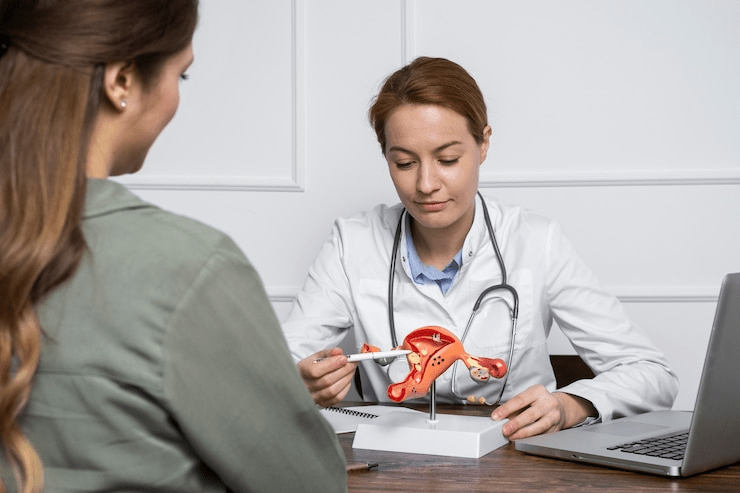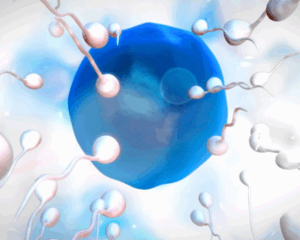
Prolistem for Non-Obstructive Azoospermia: A Comprehensive Guide
Prolistem for non obstructive azoospermia, Non-obstructive azoospermia (NOA)

When a couple is struggling with infertility, it’s often assumed the issue lies with the woman. However, studies show that male infertility accounts for nearly half of all infertility cases, with azoospermia being one of the more serious causes. If you or someone you know has been diagnosed with azoospermia, you’re probably asking:
“Which treatment is best for azoospermia?”
In this in-depth guide, we’ll cover the causes, types, diagnostic process, and most importantly — the best treatment options available. We’ll also include natural remedies, lifestyle tips, and modern medical procedures that can help overcome this condition.
Azoospermia is a condition where a man’s semen contains no sperm. Though it affects only about 1% of men and 10–15% of infertile men, it’s a significant barrier to natural conception.
There are two main types of azoospermia:
Obstructive Azoospermia (OA): Sperm are produced but blocked from being ejaculated due to a physical obstruction in the reproductive tract.
Non-Obstructive Azoospermia (NOA): The testicles fail to produce enough sperm or any sperm at all, usually due to hormonal or genetic issues.
Understanding the root cause is critical in determining which treatment is best for azoospermia. Common causes include:
Vasectomy
Blocked vas deferens
Ejaculatory duct obstruction
Scarring from infections or surgery
Genetic disorders (e.g., Klinefelter syndrome)
Hormonal imbalance
Testicular injury
Radiation or chemotherapy
Varicocele (enlarged veins in the scrotum)
To determine the best treatment, doctors need to identify the type of azoospermia and its cause. The diagnostic process usually includes:
Semen analysis (done twice)
Hormone testing (Testosterone, FSH, LH)
Scrotal ultrasound
Genetic testing
Testicular biopsy
Transrectal ultrasound (to detect blockages)
Now let’s break down the main question: Which treatment is best for azoospermia?
This depends on whether it’s obstructive or non-obstructive.
Since the body is still producing sperm, the goal is to bypass or correct the blockage.
Surgery can repair or reverse blockages in the reproductive tract. Common procedures include:
Vasovasostomy (reconnecting vas deferens)
Vasoepididymostomy (bypassing epididymis blockage)
Transurethral Resection of the Ejaculatory Duct (TURED)
Success rate: 60–90%, depending on the site of obstruction and surgeon’s skill.
Best for: Men with identifiable blockage or post-vasectomy azoospermia.
If surgery is not an option, sperm can be retrieved directly for use in IVF (In Vitro Fertilization) or ICSI (Intracytoplasmic Sperm Injection).
Sperm Retrieval Techniques:
PESA – Percutaneous Epididymal Sperm Aspiration
MESA – Microsurgical Epididymal Sperm Aspiration
TESA – Testicular Sperm Aspiration
These are paired with IVF/ICSI, providing a path to biological parenthood.
In NOA, the problem lies in sperm production. Though more complex, treatments do exist.
If the cause is hormonal, medications can help stimulate the testes.
Common Medications:
Clomiphene Citrate
Letrozole
hCG injections
FSH therapy
Best for: Men with hormonal imbalance or low testosterone
Timeframe: Results can take 3–6 months or more.
This is the most advanced method for retrieving sperm in NOA cases. A microscope is used during surgery to identify sperm-producing areas in the testes.
Success rate: 40–60% in experienced centers
Used with: ICSI (Intracytoplasmic Sperm Injection)
For mild cases or to improve sperm health before retrieval, lifestyle changes can help:
Quit smoking and alcohol
Reduce stress and maintain a healthy weight
Avoid exposure to heat (saunas, hot tubs)
Take fertility supplements like:
Zinc
CoQ10
Vitamin E
Folic acid
Omega-3 fatty acids
There is no guaranteed natural cure for azoospermia, especially for NOA. However, men with temporary blockages, mild hormone issues, or varicocele may benefit from natural approaches.
Always consult a fertility doctor before relying on natural treatments alone.
In cases where sperm can’t be retrieved or produced, there are still paths to parenthood:
Donor sperm insemination
Adoption
Embryo donation
Fertility counseling can help couples emotionally and mentally navigate these options.
As of 2025, researchers are exploring newer approaches such as:
Stem cell therapy
Gene editing techniques
Testicular organoids for sperm generation
Artificial gametes
While these are mostly in clinical trials, they show great promise for future treatment.
When deciding on a clinic for azoospermia treatment, look for:
Board-certified urologists and andrologists
Experience with Micro-TESE and ICSI
Transparent success rates
On-site IVF lab
Fertility counseling services
So, which treatment is best for azoospermia? The answer depends entirely on your specific diagnosis. For obstructive cases, surgical repair or sperm retrieval with IVF/ICSI is highly effective. For non-obstructive azoospermia, hormonal therapy, and Micro-TESE offer hope for sperm retrieval.
Regardless of the type, working with a qualified fertility specialist and early intervention can make all the difference.
Tip: Always request a second semen analysis before concluding you have azoospermia. Sometimes the first test can be wrong due to lab error or temporary factors.

Prolistem for non obstructive azoospermia, Non-obstructive azoospermia (NOA)

Introduction Male infertility, especially caused by azoospermia, affects

We are proud to have participated in the

Introduction: A New Hope in Male Infertility Treatment
Prolistem®, a patented male fertility formula for azoospermia and zero sperm count, has not been evaluated by the Food and Drug Administration. This product, designed to support sperm production restoration and male infertility treatment, is not intended to diagnose, treat, cure, or prevent any disease.
PROLISTEM® is a Patented Formula
Copyright © 2025 Prolistem®